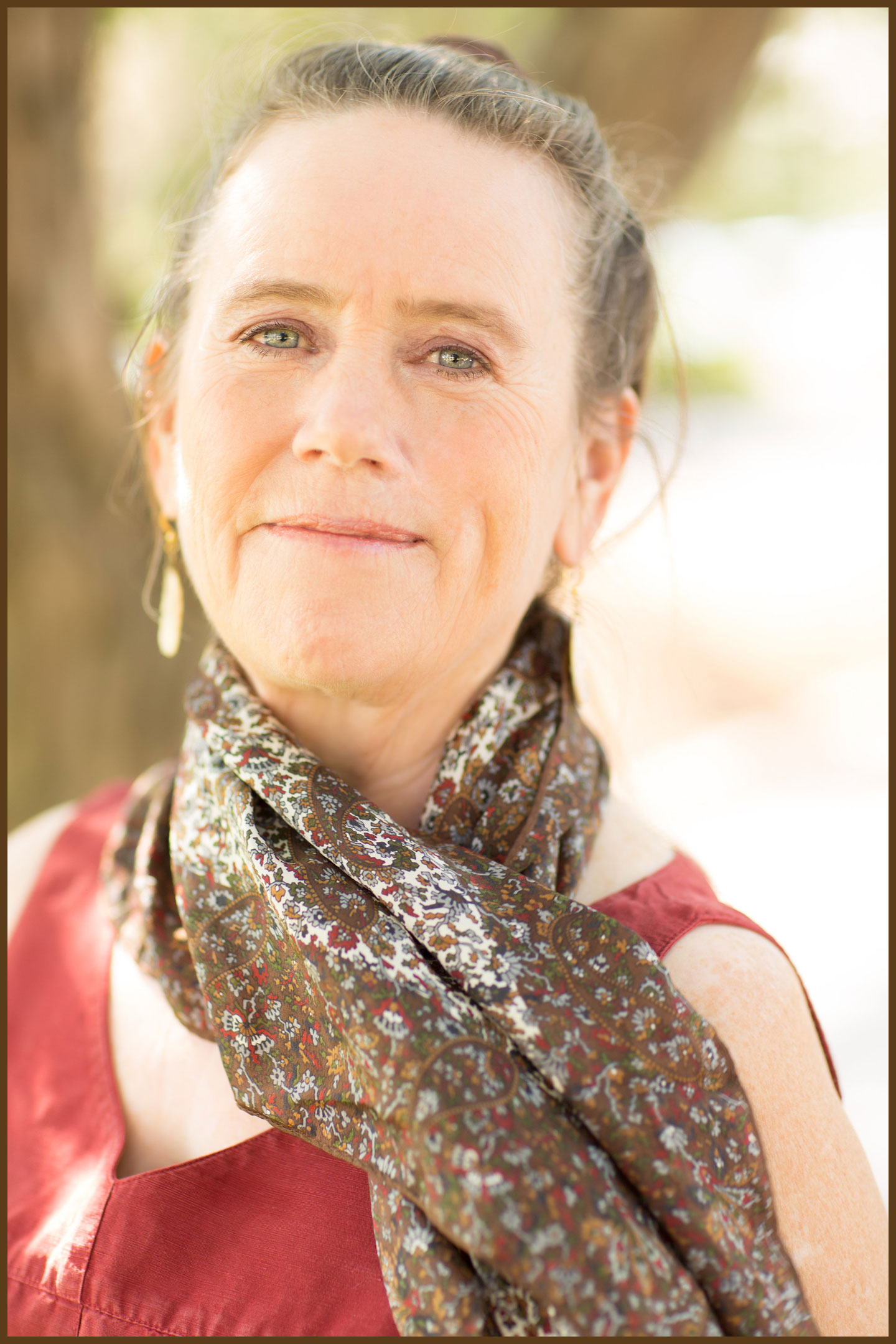King Tut’s bed looks unusual to the modern eye.
It is five inches higher on the end where he laid his head! However, this was not unusual in Egyptian culture.
The Mayans and the Hiwi of Venezuela have traditionally slept in hammocks, where their head was higher than their butt.
Do they know something we don’t know?
Fluids and gravity
We all know that good quality sleep is essential to a healthy happy life. Sleep is when we allow our body to rest. In resting, the body takes the opportunity to detoxify from the activity of the day, both mental and physical. We reset during sleep.
We lay down to rest, and being horizontal, we relate to gravity differently than during the day. Fluids in our body react to gravity.
This is one thing NASA astronauts have to deal with in weightlessness. Fluids tend to pool in the head in that environment, causing headaches and problems with the eyes. When they get home to Earth’s gravity again, fluids can pool in their feet and ankles because they have not adjusted.
Moving fluids in the body
We have several circulatory systems in the body to deal with fluids. Our heart circulates blood. We are told our hearts pump blood through our blood vessels, but research has shown that the heart acts more of a suction device. Others claim the blood moves to create circulation that pumps the heart.
Note that not all the fluid from the blood returns to the heart through the veins. This is because of what goes on at the cellular level in the capillaries, the place of oxygen and carbon dioxide exchange in the tissues.
The lymphatic system collects fluids along with proteins and cellular waste products that do not return via the veins. It returns fluid with these other solutes eventually to the circulatory system. The lymphatic vessels collect and deposit it in our subclavian veins, in our upper chest on both sides.
Active lymph collector vessels, deep to the surface lymph capillaries, have tiny muscular units called lymphangions that help propel lymph along. The lymphatic system also relies on the movements of breathing, the arterial pulse, peristalsis in the gut, and the contraction and relaxation of skeletal muscles to move the fluids.
The question arises, how do fluids move when we are sleeping? Is there any way to assist them by our sleeping position?
How fluids move
The movement of fluids in living things has been somewhat of a mystery to scientists. Studying trees inspires awe, because we wonder how they can raise the water they absorb through the roots all the way to their leaves. Trees have no internal pumps.
It was theorized that capillary action raised the fluids. Capillary action is the effect of fluid adhering to the sides of tiny tubes creating an upward flow. However, this capillary action is only able to raise fluids about 33 feet before gravity wins. The Giant Sequoia trees of California are up to 300 feet tall, ten times that distance, yet they still circulate fluid up to their leaves so high!
Experiments in fluid density
Andrew Fletcher, an engineer intrigued by this problem of fluid flow, made some experiments and some discoveries. He explained the fluid flow in trees in relation to the density of the fluids.
In his experiment approximating the conditions in the human body, he put fluid plus salt and dye in a closed plastic tube. He laid this tube on a bed and slowly raised the angle of the bed. This allowed gravity to have different effects on different parts of the tube.
When the bed was at a five-degree angle, he found that the fluid would circulate in the tube on its own. What happened was that the less dense fluid in the tube would rise to the higher part of the bed in the tube, and the more dense fluid would fall with gravity.
Change in density in the human body
This is also helps explain how fluids circulate in our human bodies. When blood goes to the lungs for oxygen and carbon dioxide exchange, moisture is also released. You have seen evidence of this in your frozen breath on a very cold morning, right?
When some water is released through the lungs, the blood becomes more dense because of all the other constituents in the blood. That helps the blood descend in the body, moving with gravity.
Some of that blood goes to the kidneys, where it is filtered. Waste products are removed, causing the blood to become less dense again. That helps the blood return to the heart.
Daytime: gravity helps
In order for this to be effective, gravity is part of the equation. During the day, we tend to be more upright to gravity and this system is facilitated. This reduces stress on the heart, lowering blood pressure and relieving conditions related to too much blood pressure, such as edema with CHF and varicose veins.
This leads us to wonder, what about at night?
All sleep studies examining this show that lying flat with gravity is detrimental to our health. NASA has studied gravity extensively and detailed the ill effects from an extended horizontal position.
Nighttime: use a little gravity
Egyptian, Mayan and Hiwi cultures, among others, knew to sleep on an incline. Dr. Cory Ostroot related his experience of sleeping with an inclined bed in an article published in NDNR, Is Your Bed Killing You?
For the first ten days, he said, he had some headaches and increased muscle soreness. After he adjusted to sleeping this way, he benefited with decreased muscle soreness and relief of back pain. In addition, he experienced increased alertness on awaking, and a noticeable decrease in awaking during the night. He also noticed urinating a larger volume in the morning.
This has not been taught in general in our culture, except with the specialized beds which elevate the head with the push of a button. Some people have related to me that they could only sleep in a recliner. Sleeping inclined has been shown to alleviate heartburn, migraines, glaucoma, and a host of other illnesses.
However, I believe a better way is to incline the whole bed, as King Tut did. The five-degree elevation of the bed is what moved fluids in a closed plastic tube by themselves in Andrew Fletcher’s experiment.
That correlates to elevating a bed from four to six inches at the head.
Works for me
An update from me is that it works. I put a length of 4×6 wood under the feet at the head of my bed.
I adjusted quickly. I felt great in the morning. The only problem was that I sometimes slid down the bed towards the foot.
I mostly know it works from contrast.
The first time I traveled in a long time, my first night was in a bed which was not inclined, having to sleep horizontally. My head felt congested, I had a hard time going to sleep and felt miserable. I ended up wedging pillows under my back and head to create an improvised incline.
Getting back home, my head felt so much better at the top of the incline. Sweet sleep.
How about you? Try it and let me know how it works for you.





